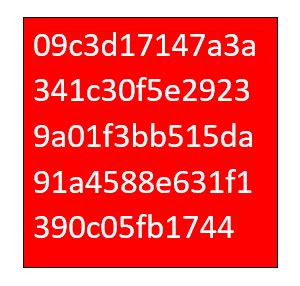Decoding Ethereum Private Keys: xprv vs xpub and Child Private Keys
Ethereum private keys are a fundamental aspect of securing transactions on the network. However, understanding how to decode these keys is crucial to ensuring the integrity and security of your wallet and funds. In this article, we will delve into the differences between xprv (Extended Public Key) and xpub (Public Key), as well as child private keys.
What are Ethereum private keys?
Ethereum private keys consist of three parts: x, p, and r. These values represent a pair of coordinates on an elliptic curve used to secure transactions. The x value is the extended public key, which consists of two components: xpub (public key) and xprv (extended public key).
xpub vs xprv

To understand the difference between xpub and xprv, let’s break down their roles:
- xpub: This is the standard public key format used for Ethereum transactions. It represents a unique address that can be used to receive or send funds.
- xprv: This extended public key contains additional information such as the parent extended public key (
p) and child private keys (rands). Thexprvvalue is necessary to create and manage child private keys.
Child Private Keys
A child private key is a combination of two values: r (red) and s (S). These values are used to derive the public and private components of the extended public key (xpub). Once you create a child private key, you can use it to generate additional private keys or manage existing ones.
Decoding xprv from xpub and child private key
To decode an Ethereum private key, follow these steps:
- Identify the parent extended public key (p): Find the
pvalue in the private key. This is a unique identifier that is used to derive child private keys.
- Extract child private keys (r and s): Take the first two values after the
pvalue. These are the red (r) and blue (s) components.
- Create extended public key (xprv): Combine the extracted
randsvalues with the parent extended public key (p). The resultingxprvvalue represents the new private key.
Example
Suppose you have an Ethereum private key in the format:
Where
Using this information, you can decode the private key as follows:
- Extract the child private keys (
rands). Let’s say(0x0004, x0006)
- Combine the extracted values with the parent extended public key (
p):(x0003, x0005)
Therefore, the decoded Ethereum private key would be:
x0003
x0005
In short, understanding how to decode xprv from xpub and child private keys is essential for managing your Ethereum wallet and ensuring security. By following these steps, you can easily identify and use your child private keys to create more private keys or manage existing ones.
